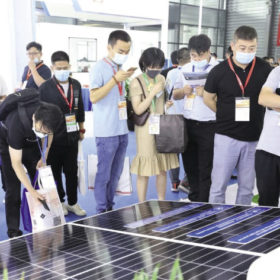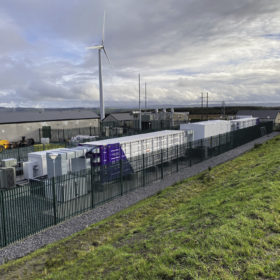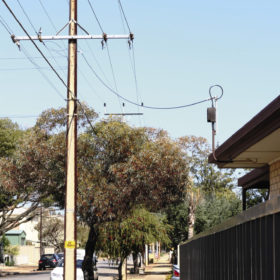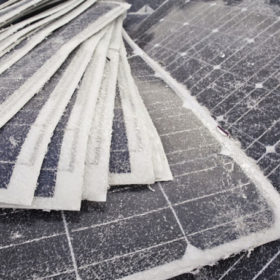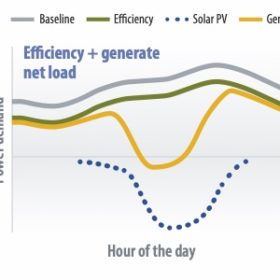Virtual Roundtables USA
pv magazine is bringing the informative content, discussions, and networking opportunities of a trade show directly into your living room – no walking hall floors required.
Bigger yes, but better…?
It is now a well-established trend. After the switch to larger wafer sizes played out in 2019, this year has seen virtually all of the biggest PV manufacturers introduce new modules in dimensions above the 2-meter mark, and with power ratings in excess of 500 W – in some cases, as high as 800 W. As these modules begin to roll off production lines in larger quantities, it’s vital to take a look at the challenges and opportunities they bring to system design, installation, and long-term operation.
Whipping up inertia
Once a natural phenomenon – a fortuitous byproduct of thermal generation – the weaning off of coal has made the emulation of inertia a priority for grid operators. It will be a few more years in most markets before a solution becomes needed with any great urgency. However, some markets have needed to come up with solutions – are they a portal into the future of grids dominated by renewables and power electronics?
Capturing complexity through the power of the cloud
Bifacial modules have brought significant opportunities to PV project developers, but they have also increased complexity in system design and the modeling of plant output. Australian software developers PV Lighthouse believe they have created a fix, by allowing the complexity to be handled by the use of cloud computing. PV Lighthouse CEO Keith McIntosh and CCO Ben Sudbury argue that their software can be useful for module makers, tracker suppliers, and PV project developers alike.
Down in the weeds of Australia’s distribution networks
Australian electricity wires are awash with sunshine, such that network operators have threatened to up the drawbridge on further rooftop connections, while limiting rooftop PV exports to the grid. But data streams hold the key to unlocking surprising existing capacity, stabilizing voltage, and living the Aussie dream.
The afterlife of solar panels
Use of the term “circular economy” is growing in virtually every industry worldwide – solar included. As noted throughout Q3, in the UP initiative’s focus on circular manufacturing, work is already underway to integrate circular principles into all areas of business, from internal operations and supply chain management to manufacturing and installations. In a recent analysis of PV recycling, BloombergNEF detailed six conclusions for the solar industry and those who are trying to make it more circular. Cecilia L’Ecluse, solar associate, and Julia Attwood, head of advanced materials at BloombergNEF share these conclusions as part of our quarterly theme on PV module recycling.
Solar needs aluminum, but it has a carbon problem
Few doubt that aluminum frames will be a part of the solar module for some time to come. And with PV manufacturing continuing to scale, the carbon footprint of this versatile metal may prove a sustainability challenge.
pv magazine Award: Last call
The final entries for this year’s pv magazine Award are in, and expert juries in each category are beginning their deliberations to decide on the winners, which will be announced in January. In the meantime, the following pages offer some highlights from the entries received, and a look at the emerging trends across PV technology. On the modules side, we see the move to larger formats getting into full swing, while newer technologies wait in the wings. Balance-of-systems suppliers, meanwhile, have focused their software offerings this year to place ever more granular data in the hands of plant operators, offering new ways to control and optimize energy output.
pv magazine test September 2020 results
The first chart to the right details the meteo station data (irradiance and ambient temperature) for September 2020. The daily temperature and irradiance data is missing for Sept. 26 due to a power cut. The average bifacial boost for September 2020 is 6.3%. Bifacial boost is defined as the extra energy yield of the bifacial […]
Keeping California’s lights on in emergencies with DERs
The fossil fuel industry jumped at the opportunity to blame clean, renewable energy sources, like solar power, in the aftermath of California’s mid-August blackouts. But the attack on solar did not pass the smell test. Fossil fuel power plants under contract with utility companies were the resource that failed to deliver much-needed electricity, writes Bernadette del Ciaro, executive director of the California Solar & Storage Association. And this resulted in blackouts.

